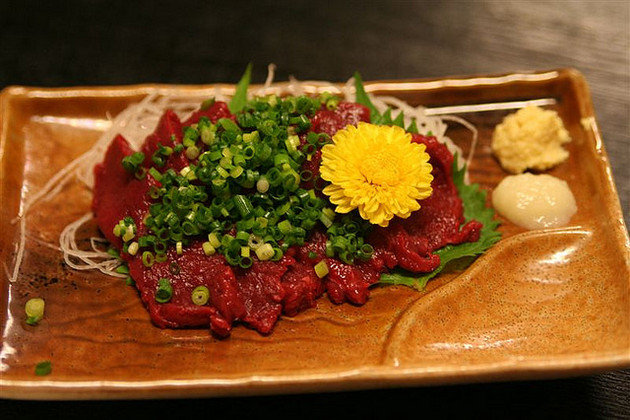
Horsing Around For Food
By Tris Marlis - Tuesday, Mar 05, 2013
The horsemeat scandal went public around mid-January when the Food Safety Authority of Ireland found traces of horse DNA in frozen beef patties. Britain’s Food Standards Agency (FSA) also found up to 100 percent of horsemeat in frozen beef lasagna. As the news spread, more giant food companies are caught in this ‘mislabeling chaos’, including Nestle, TESCO and even IKEA’s Swedish meatballs.
The Agri-Food and Veterinary Authority of Singapore (AVA) says it imposes strict safety standards on all food imports and cites that “most countries in Europe are not allowed to export processed beef products containing minced meat to Singapore”, as quoted by a local newspaper.
But amidst the brouhaha, horsemeat butcher in France reported an increase in sales; because people are more open to talk about this new ‘steak’ and they are curious about it. BBC Paris also reported that Paris chefs have started a horsemeat gastro trend. Hip restaurants are serving horse tartare, horse carpaccio and horse steak. One of the chefs, Jean-Guillaume Dufour, also commented in the report: “My mission is to tell the world that you can sit on your meat and eat it too.”
Our neighborhood countries are consuming horsemeat on a daily basis. If you’d like to try, they are not too far away.
According to an estimate by the Food and Agriculture Organization of the United Nations, China is the biggest horsemeat consuming country. The meat is usually dried or preserved and eaten as sausage, or at Guangxi province, it’s served with rice noodles. Those who have tried horsemeat would describe it as similar to beef, it is also known for its health qualities: low fat, low cholesterol, low sodium and high in iron.
In Japan, horsemeat is known as “baniku” or sakura, referring to the delicate pink colour of the meat. It is usually enjoyed as “basashi,” horse sashimi with sweet shoyu, grated ginger, a garnish of shiso and shredded daikon. The practice of eating horsemeat was probably introduced around the 1500s due to food shortages during Japan’s seven-year war, but it wasn’t until the end of World War II when “basashi” became popular.
In Indonesia, horse is seen as a symbol of strength, a belief that gave horsemeat its popularity. At Jogjakarta, Java Island, Sate Kuda (horsemeat skewers) is a common local delicacy, usually served with sweet soy sauce and sliced shallot. It was reported on KOMPAS (local newspaper) that horsemeat is believed to cure asthma, diabetes and able to increase vitality in male.
The problem, it seems, isn’t about the safety of eating horsemeat, but the food producer’s attempt to deceive consumers. Next time when you are visiting Japan, China or Indonesia, and when it is made known to you that the food on the table is made of horsemeat, would you care to try?



